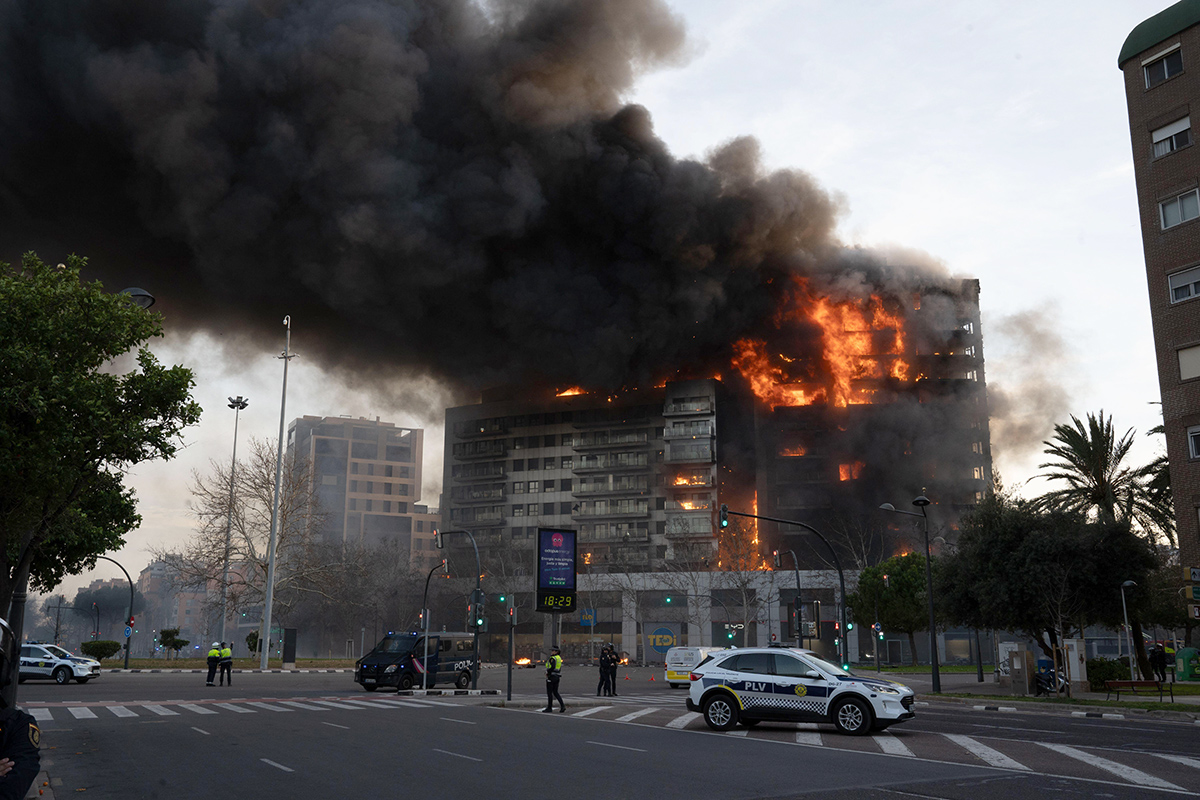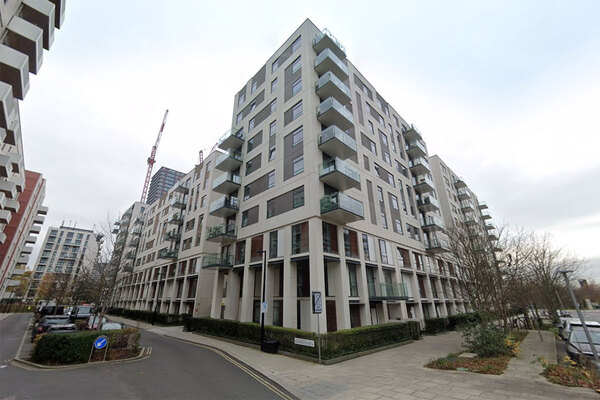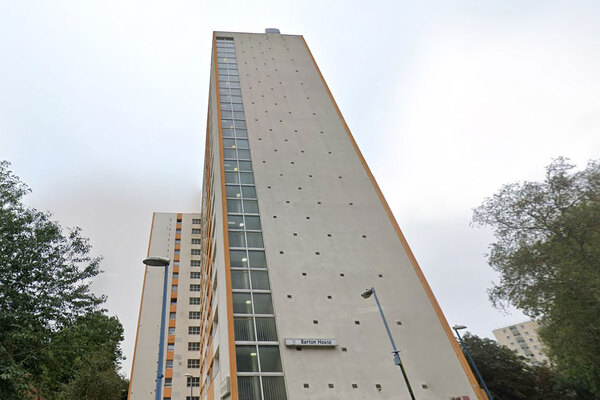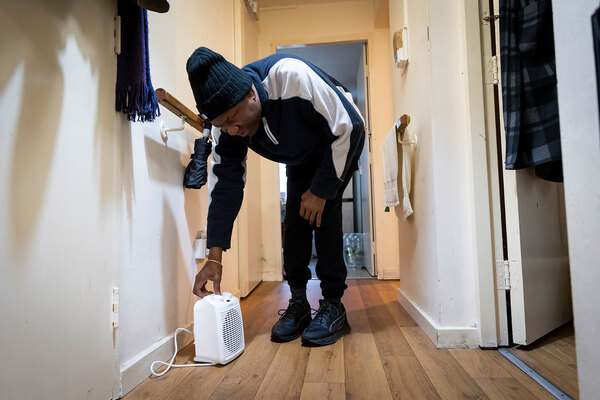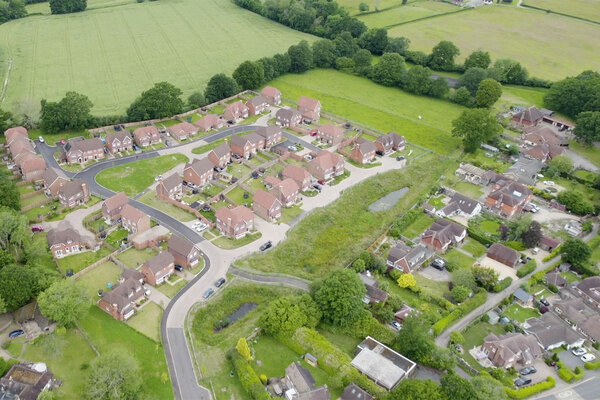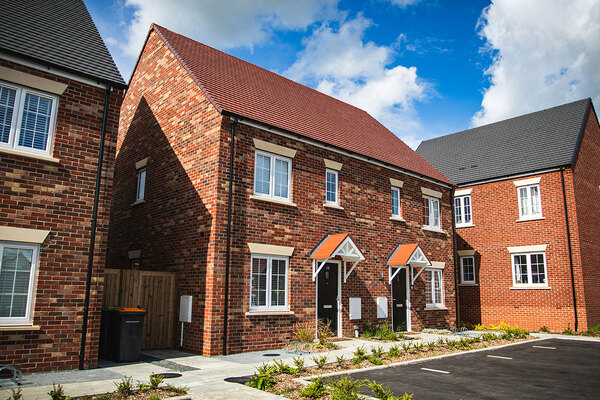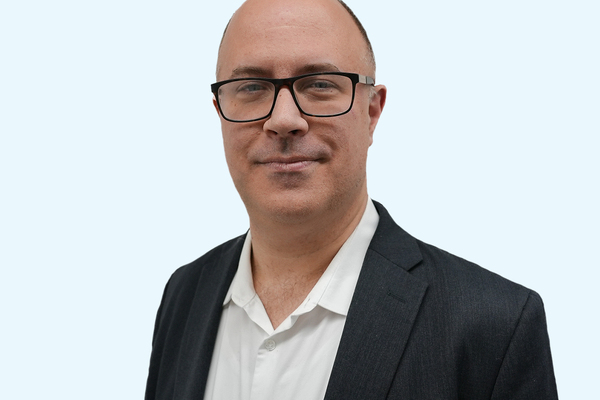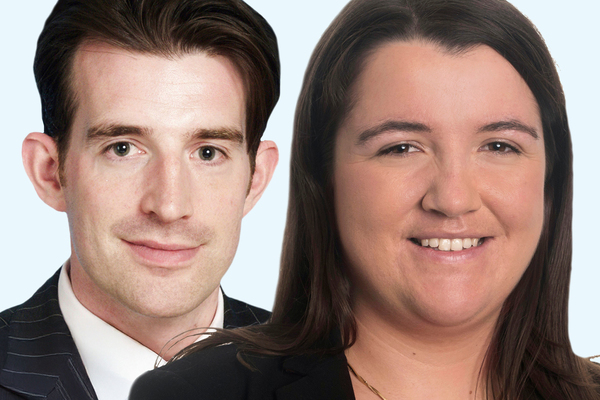You are viewing 1 of your 1 free articles
Valencia fire: construction stage photos show ACM brand on tower’s walls
The recent Valencia fire has echoes of what happened at Grenfell, with photos from the construction stage showing ACM cladding was present on the tower’s walls. Peter Apps breaks down what we know so far
The scenes in Valencia on 22 February will have been horribly reminiscent to anyone in the UK.
The fire seemed to start on the seventh floor of a 14-storey residential complex in the Nou Campanar district, before spreading rapidly across the external walls and then to another adjoining building.
Aided by high winds, the fire spread exceptionally quickly and despite the building being only partially occupied when the blaze broke out at around 5.30pm, 10 residents were trapped and killed.
The Spanish media reported that the building was constructed by developer Fbex at the height of Spain’s property boom in the 2000s. The building was completed in 2008, and Fbex filed for bankruptcy two years later with €640m of debt.
There has not yet been any official information released on the materials used in the tower’s facade system, but historic photos of the building during the construction phase showed Larson cladding, made by Spanish company Alucoil, being installed on the walls. This is a brand of aluminium composite material (ACM) cladding.
This cladding material is formed of two thin sheets of aluminium bonded with a core of plastic. Larson is available in both polyethylene and fire-retardant versions. But in 2008, the most common type of core material for ACM generally was pure polyethylene – a material that burns with the ferocity of petrol and was also used on the walls of Grenfell Tower in west London, where 72 people died in a fire in 2017.
Emails disclosed at the Grenfell Tower Inquiry suggested that Larson moved away from offering the pure polyethylene version in Spain in 2010, two years after this building was completed.
Spain tightened building regulations in 2008 and again in 2019, with the effect of banning such a combustible cladding product from use on new builds. However, the ban was not retrospective.
While the UK, Australia and the United Arab Emirates have at least begun the process of identifying and remediating buildings with cladding of this type, most others have not.
The cladding was sold globally since at least the early 1990s and is likely to be in use on tens if not hundreds of thousands of buildings worldwide.
The fires at Grenfell Tower and the building in Valencia have been the most deadly, but there is now a long list of serious ACM fires around the world. This includes a tower in Milan that was destroyed in a fire in the summer of 2021.
Spanish media has said the cladding system in use on the tower in Valencia had mineral wool insulation (which is non-combustible) installed behind the external ACM panels. This is consistent with images from the construction stage of the tower (below).
Press reports in Spain said the victims of the fire lived on the eighth and ninth floors of the building. Some of those who escaped had been alerted by the building’s concierge.
Reports suggested that firefighters told some residents on upper floors to remain in their flats, despite the rapid fire spread. A fire chief told the El País newspaper that residents would be in danger if “they go into the stairwell to evacuate in a building full of smoke”. “What we always recommend is that [residents] stay in their homes,” he said.
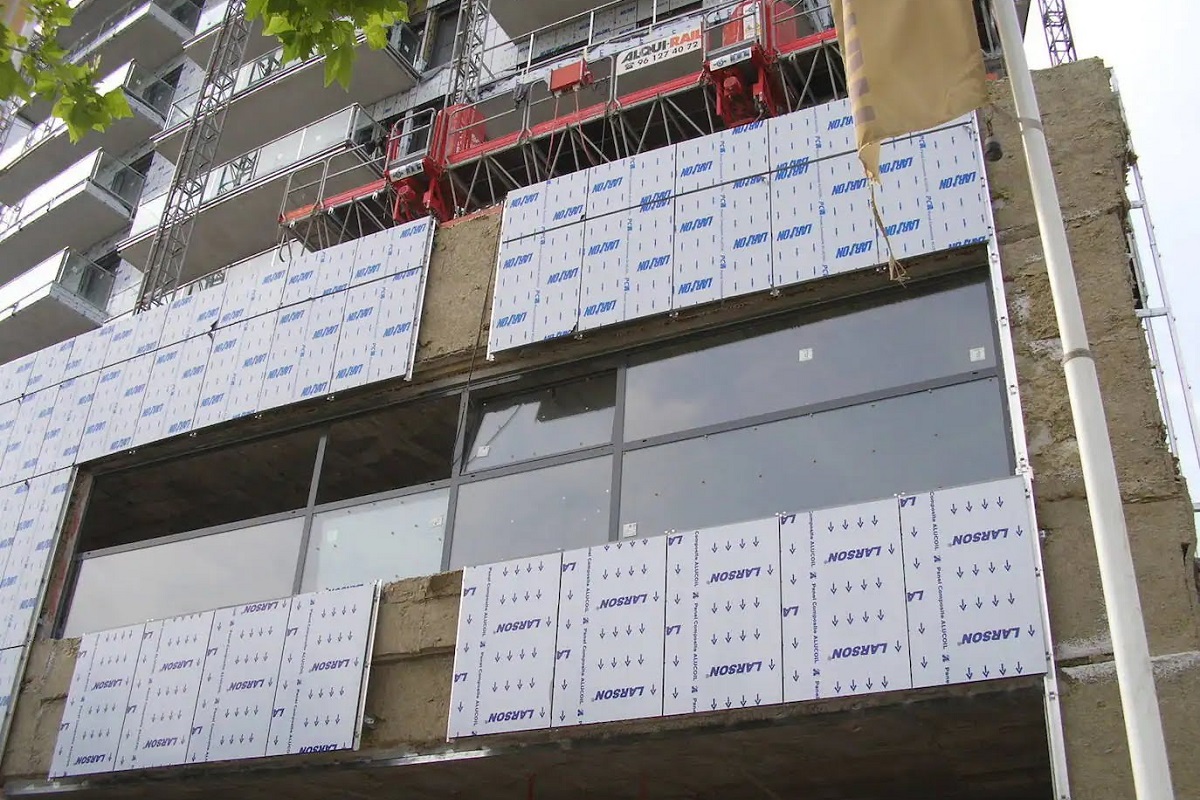
The stay put advice – which remains the default advice for tower blocks in the UK – has been strongly criticised for contributing to the high death count at Grenfell Tower.
During the Grenfell fire, residents were told to stay put until 2.47am – nearly two hours after the fire started – with some still given that advice after this point. Expert evidence to the Grenfell Tower Inquiry suggested that many could have escaped alive if they had been told to flee earlier.
Tower blocks are designed to keep fire within the ‘compartment’ of origin long enough for firefighters to extinguish it, but this compartmentation fails as soon as fire spreads externally and impacts other flats.
Survivors and residents left homeless by the fire, which reports said included many refugees from the war in Ukraine, were initially given refuge in city hotels.
Recent longform articles by Peter Apps
Cladding remediation: why is progress so slow?
It has been nearly seven years since the Grenfell fire, yet thousands of buildings are still in need of cladding remediation. Peter Apps investigates why the process has been moving at such a glacial pace
How a ‘Google Maps of heat loss’ might make retrofit easier to plan
Technology is opening up new ways to quickly assess which homes are leaking heat, making them a priority to retrofit. Peter Apps reports
What it is like to live in Nine Elms as an affordable housing resident
While the wealthy private owners of flats in Nine Elms enjoy the use of the swimming pool and orangery, affordable housing tenants are struggling to get repairs done. Peter Apps reports
The water will come: how should the social housing sector prepare for a wetter world?
Peter Apps looks at how social landlords should prepare themselves to respond to flood emergencies, which are set to become more frequent as the climate changes
The office-to-residential conversions which have become slum housing
Poorly converted office blocks are putting people in temporary accommodation at risk of serious harm. Peter Apps reports
Sign up for our fire safety newsletter
Already have an account? Click here to manage your newsletters
